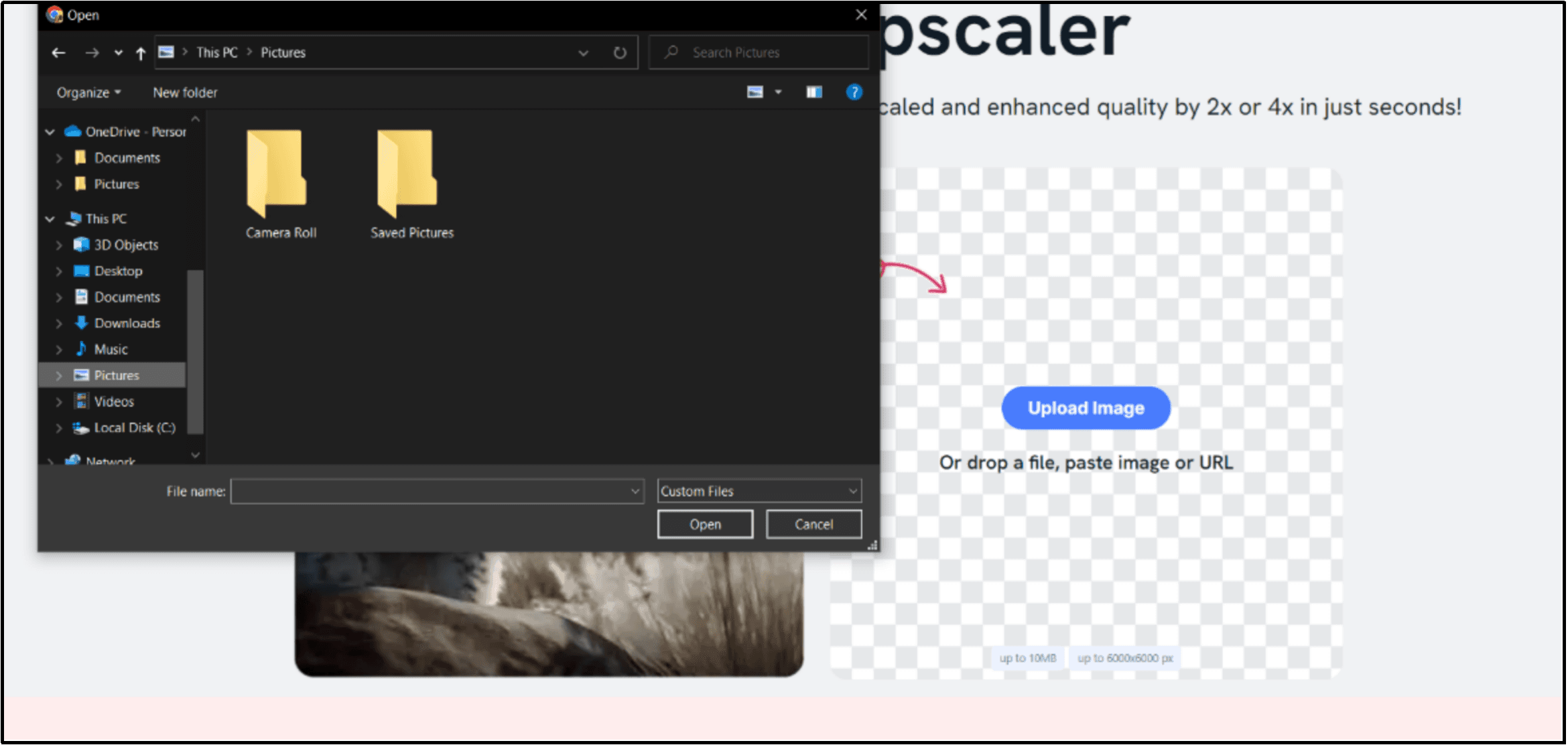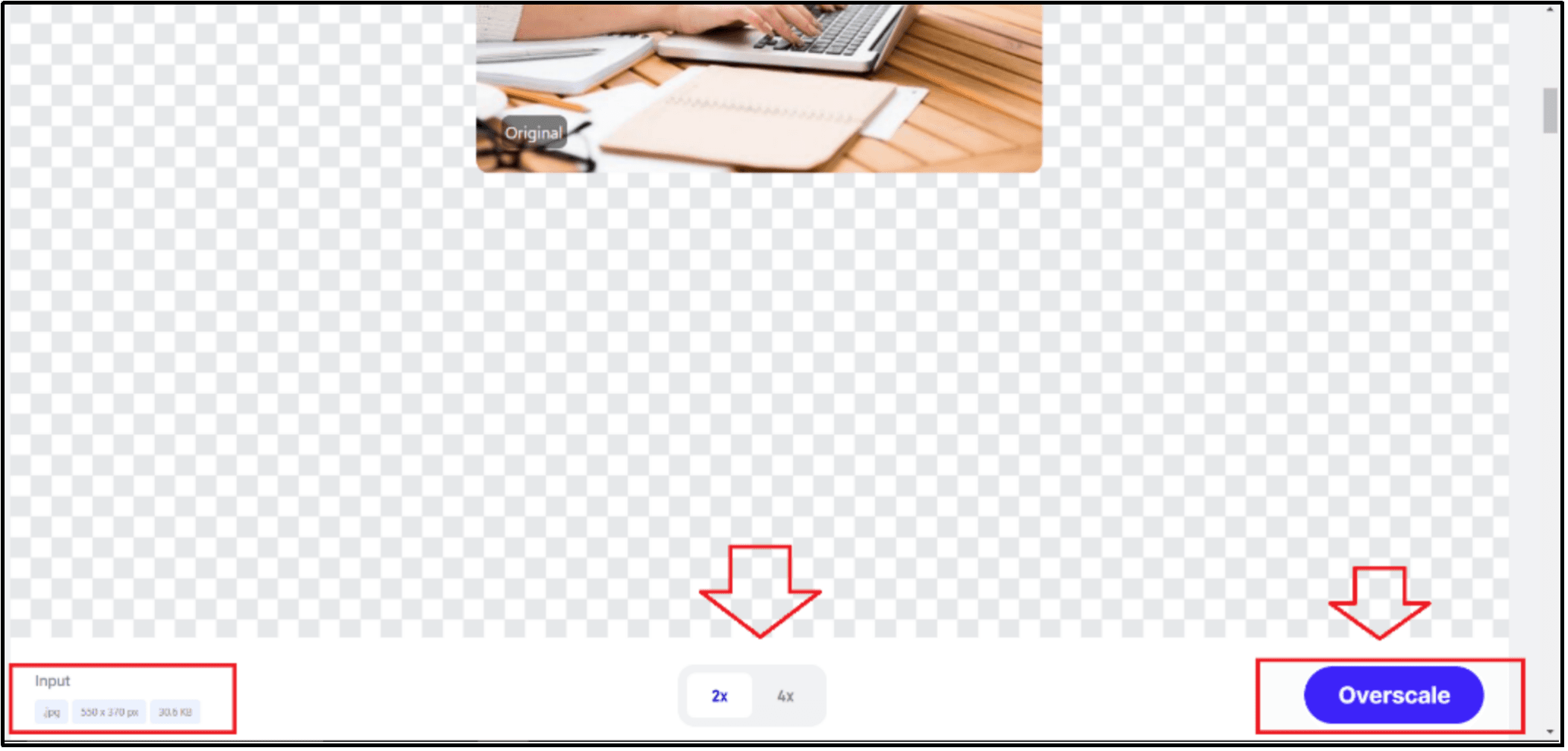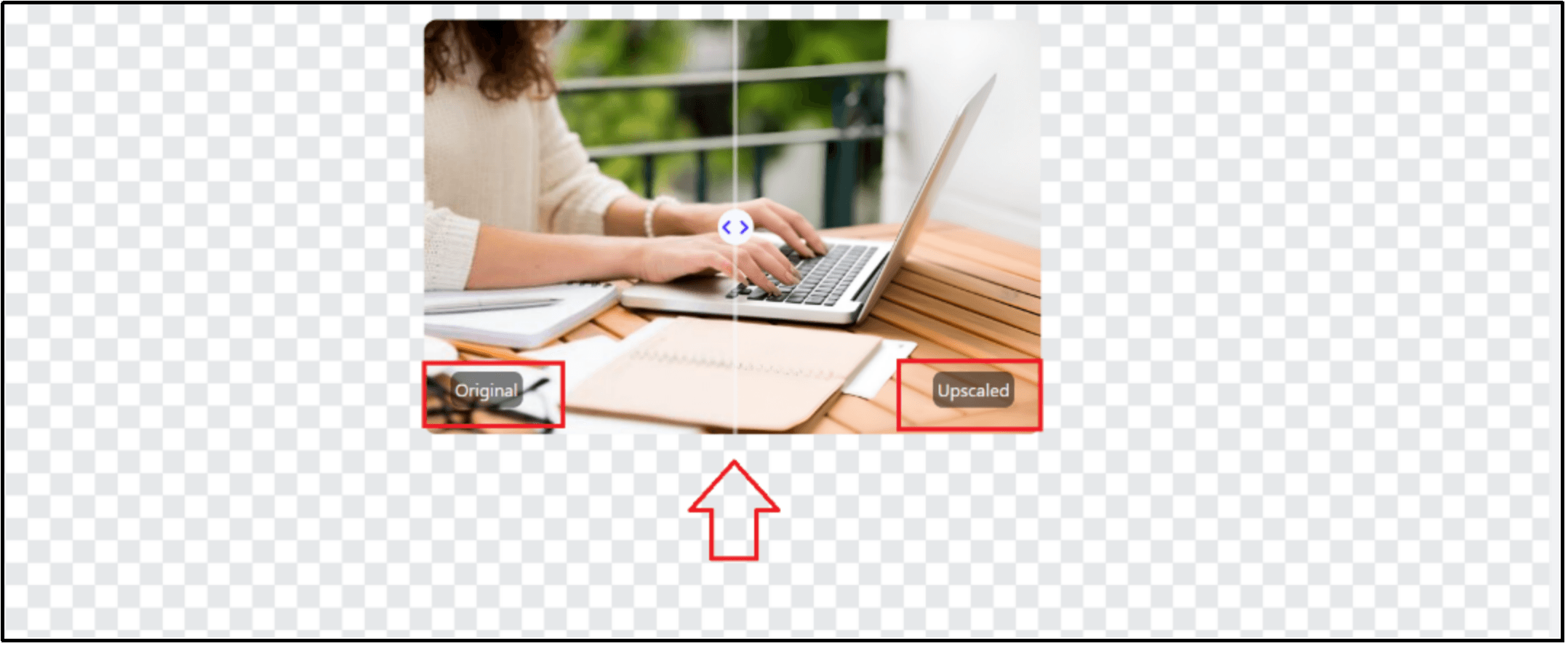Images are imbued with great significance in our digital existence, infiltrating not just professional pursuits but also personal uses of social media and other online platforms. We run into scenarios rather frequently in which we need to adjust the image quality in order to maximize its value across different devices.
We must go into the trifecta of complexity, burstiness, and predictability in order to have a complete understanding of the art of altering image resolution. In this article, we dissect the complexities of picture resolution, become experts in the step-by-step process of resolution modification, and investigate the many tools that may be utilized for this endeavor.
What is Image Resolution?
Image Resolution refers to the number of individual pixels or dots that comprise an image and is most commonly stated in terms of pixels per inch (PPI) or dots per inch (DPI). This resolution has a significant impact on the sharpness as well as the overall visual quality of a picture.
Increasing the image's resolution results in a perceived increase in its sharpness and level of detail. Pixels, which are made up of a set number of points that are each precisely specified, serve as the fundamental element that is used to construct digital pictures. The combination of these pixels results in an image that is full and has distinct colors and tones.
The amount of pixels that make up the width and height of a picture is what determines the resolution of the image. For instance, the resolution of a picture may be written as 1920 pixels across and 1080 pixels high, where the width and height are measured in pixels, respectively.
Importance of Choosing the Right Resolution
Finding the optimal resolution for a picture requires complex knowledge that is greatly impacted by the function that the image is going to serve. When deciding on a solution, it is important to take into account the following essential factors:
Visual Quality
The resolution has an immediate and significant bearing on the image's overall aesthetic quality. pictures of greater quality are produced by higher resolutions, while pictures of worse quality are produced by lower resolutions. When the picture is seen on a screen or printed, the resolution has a considerable impact on the image's clarity and depth.
Print Purposes
When printing, it is absolutely necessary to choose an adequate resolution in order to get the highest possible picture quality. It is customary for professional publications to demand a resolution of at least 300 dpi or more. This is done to guarantee extraordinary clarity and minimize the appearance of pixelation or blurriness.
High-end printers may even require resolutions of up to 600 dots per inch in some circumstances. It is easier and more successful to maintain resolution if the image's original dimensions and quality are not altered in any way, such as by scaling it down or lowering it in size.
Web and Digital Use
Image resolutions for usage on the web are not the same as those used for print. On the internet, it is not required to have photographs with exceptionally high quality for them to seem amazing. The standard resolution for images shown on the web is 72 pixels per inch (ppi).
It is essential to keep in mind that the pixel measurements of a photograph, and not its PPI, are what define its size and quality when it is shown on the internet. Images need to be optimized for a variety of screen resolutions since display technology has advanced to the point where we now have things like Retina screens.
By resizing and compressing photographs with software such as Photoshop, it is possible to decrease the file size while preserving the image quality.

Editing Flexibility
Choose a higher resolution if you want more flexibility when modifying the image, and vice versa. Photos with a higher resolution allow for greater artistic flexibility in the form of cropping, zooming, and other alterations, all without compromising the quality of the picture. Images of a low resolution, on the other hand, are more likely to suffer from pixelization and loss of clarity when subjected to extensive editing.
Types of Image Resolution
The number of pixels is the standard unit of measurement for image resolution in digital photography. The phrase "image resolution" refers to the plethora of details that are captured and stored inside a picture. There are, however, various types of picture resolution, each of which possesses its own particular qualities:
Pixel Count
Within the realm of digital photography, the terms pixel count and picture resolution are frequently used interchangeably. This statistic is often stated as a ratio of horizontal pixels to vertical pixels, with the total number of pixels in a picture serving as its representation. A picture with a resolution of 6000 pixels across and 4000 pixels high, for instance, will have a width of 6000 pixels and a height of 4000 pixels.
The pixel count can alternatively be represented in megapixels (MP), which is a unit of measurement that is obtained by multiplying the number of pixels in either the horizontal or the vertical direction.
Lines per Picture Height (TV lines)
Counting the number of lines against the height of the image is another way to determine the resolution of a television or video display. This approach is used in the context of television and video display resolutions. This measure specifies the degree to which lines may be positioned next to one another while still being seen by the human eye as separate things.
Lines per Millimeter (Line pairs per millimeter)
The capacity of a lens to discern between alternating dark and bright line pairs within a millimeter is referred to as its resolving power. This ability is often measured in lines per millimeter (LP/mm), which is an industry-standard unit of measurement. This measurement is extremely helpful in gaining knowledge of the resolving capabilities of a variety of lenses.
Display Resolutions
The pixel count in width (W) and height (H) while conforming to specified aspect ratios is what display resolutions, which adhere to recognized standards or are commonly used in computer displays and mobile screens, signify.
Step-by-Step Guide on Changing Image Resolution
Step 1: Opting for the Perfect Software
When beginning the process of modifying an image's resolution, it is necessary to give serious thought to the selection of the program that is most appropriate for the job. For those interested in picture alteration, a plethora of solutions are available, ranging from simple and straightforward tools to complex pieces of computer software.
When making your decision, you should take into account your current budget, your degree of expertise, and any unique requirements. Adobe Photoshop, GIMP, Pixlr, and Canva are some of the alternatives that come highly recommended.
Here we use imagewith AI's overscale feature as an example.

Step 2: Unveiling the Image
After being provided with the appropriate software, it is time to display the image that is in need of being altered. The standard method entails choosing "File" from the software's menu bar and then selecting "Open" from the drop-down list that appears thereafter, although this will vary depending on the program you use.
You also have the option to just drag and drop the picture file right into the application's user interface. This is a much simpler method. Since various pieces of software might have a variety of interfaces, you should take some time to familiarize yourself with the distinct layout and the selection of tools that are given.

Step 3: Metamorphosing the Image Size
The transforming process of a picture's resolution begins with the essential step of resizing the image, which is a critical act in the trip. The process of resizing an image involves making adjustments to its size while carefully guarding the image's aspect ratio.
The width-to-height ratio of a picture expresses the proportionate connection that exists between the two dimensions of the image. Protecting the image's aspect ratio becomes absolutely necessary in order to avoid undesirable and distracting visual distortion.
The majority of image editing software provides a variety of choices for picture resizing, allowing you to input specific measurements or resize by a certain %. You may also resize by a given percentage.

Step 3: Easily get higher quality images
Before deciding whether or not to permanently alter the resolution of your image, it is very necessary to do a careful analysis of the newly changed image to determine whether or not it lives up to your standards. Zoom in and carefully examine the image, paying close attention to any artifacts, blurriness, or pixelation that may have mistakenly been visible.
Pay careful attention to the minute features, such as text or delicate lines, because they may be susceptible to the impacts of resolution alterations if they aren't handled correctly. In the event that it is judged essential, release further alterations onto the image's canvas in order to eventually get the desired result.

Conclusion
Optimizing image quality and usefulness across platforms requires knowledge of picture resolution. This article's step-by-step approach and recommended software and solutions allow you to effectively and visually preserve photographs. Consider the image's purpose and platform before scaling it. These abilities allow you to confidently resize photographs for your purposes.






